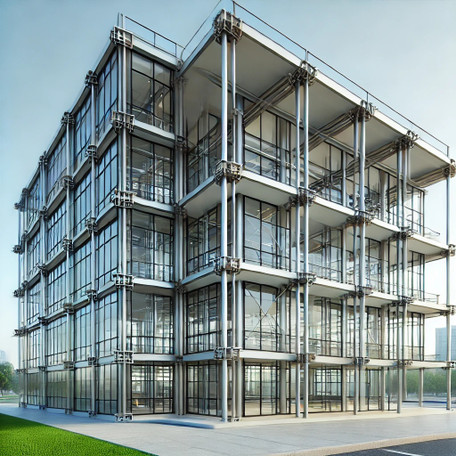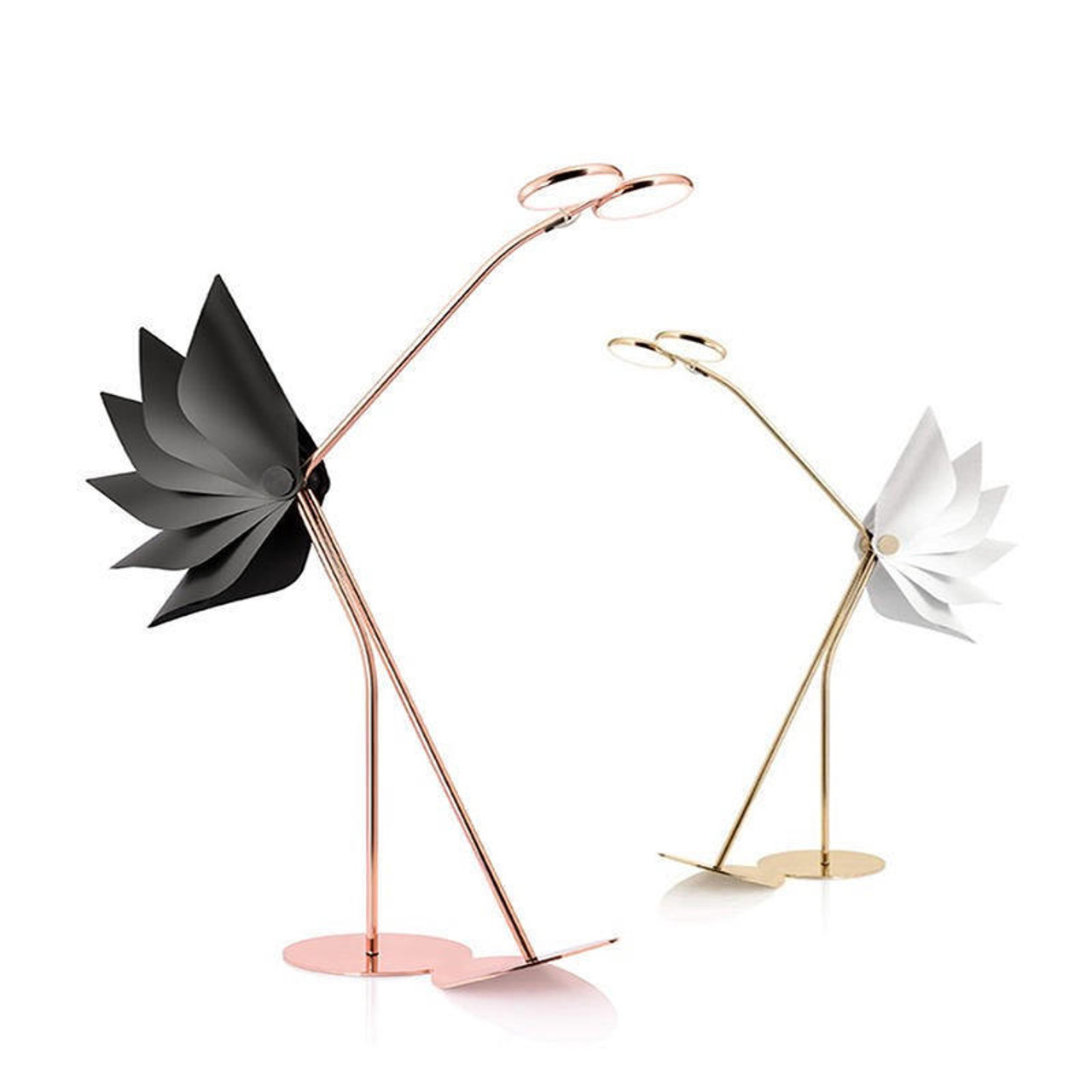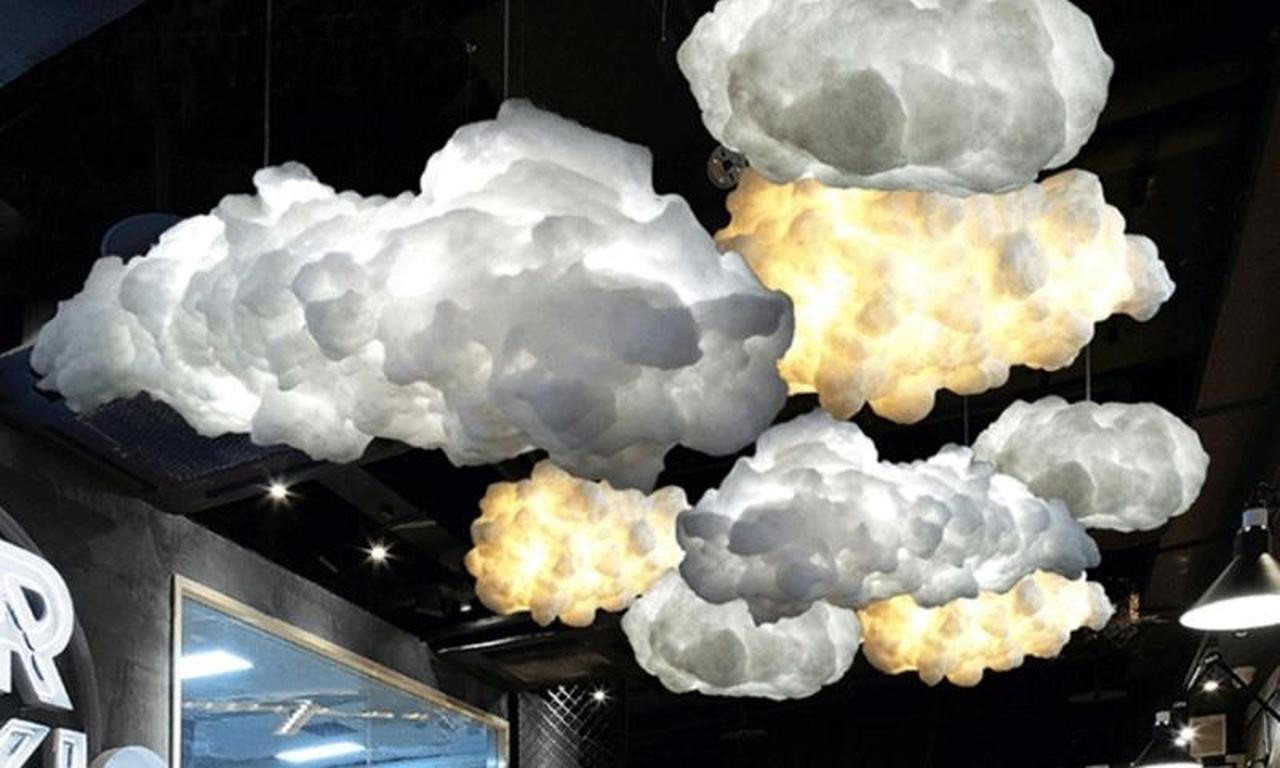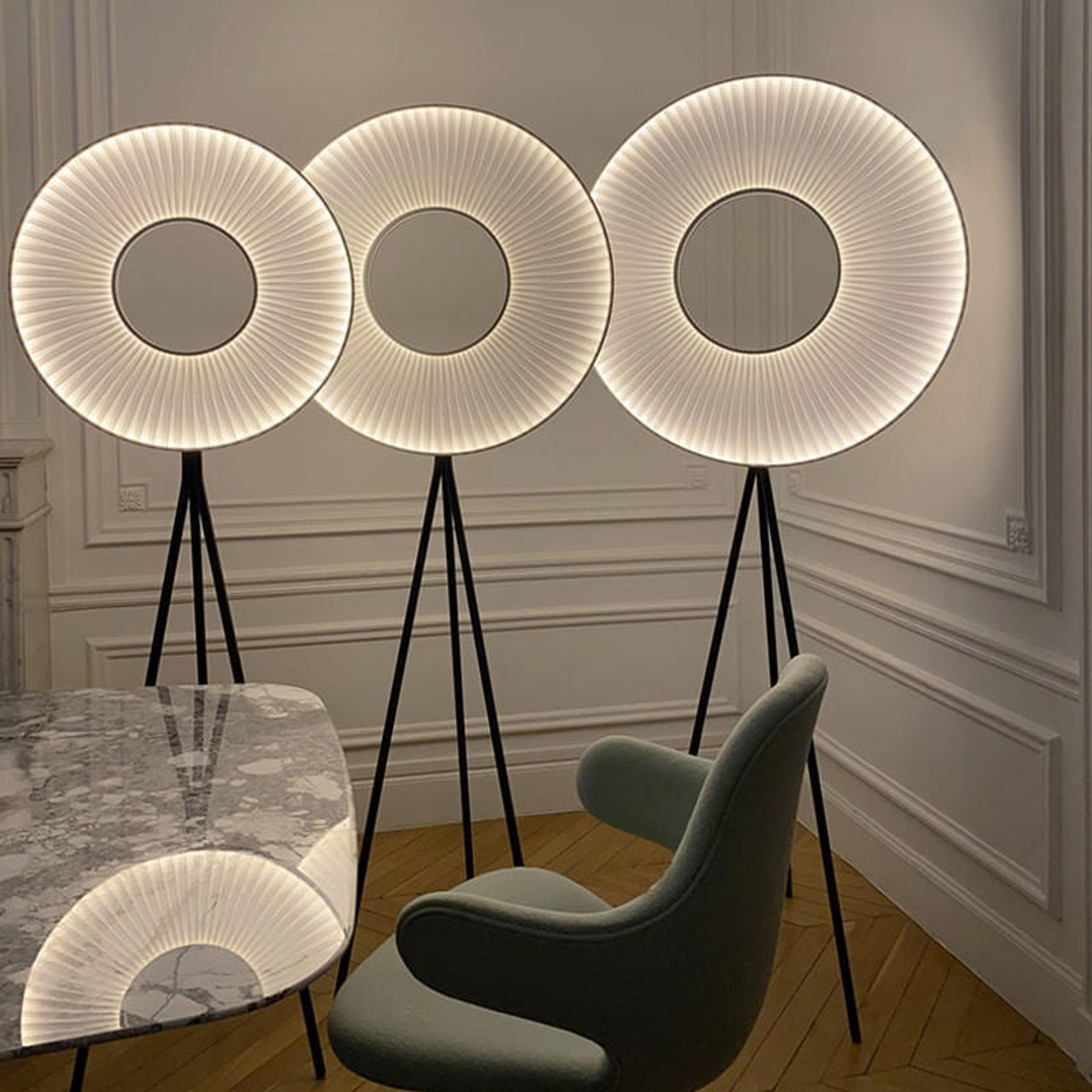Architectural Elements of the Bauhaus Movement: Exploring Glass Corners and Tubular Steel Design
Posted by Kurtis Walton - Architectural Designer on 6th Sep 2024
Architectural Elements of the Bauhaus Movement: Exploring Glass Corners and Tubular Steel Design
By Kurtis Walton - Architectural Designer
There is a certain charm in the simplicity of functional design, a notion that the Bauhaus movement so eloquently championed in the early 20th century. When we examine the lasting influence of Bauhaus architecture, we aren’t just appreciating an aesthetic shift, but rather, we are observing the revolutionary change in how people live, work, and interact with their environments. The Bauhaus stripped architecture of its ornamental excess and, in doing so, built a foundation upon which modern urban life could flourish. In this essay, I want to explore two of the most iconic architectural elements that the Bauhaus introduced to the world: glass corners and tubular steel construction. These design innovations, often seen as details of a broader movement, are profound in their implications for how we understand space, transparency, and the very bones of our built environment.
The Bauhaus: A New Way of Thinking About Space
Before we dive into the specifics of glass corners and tubular steel, it’s important to situate ourselves in the world of the Bauhaus. Founded in 1919 by Walter Gropius in Weimar, Germany, the Bauhaus sought to bridge the gap between art, craftsmanship, and industry. Its mission was nothing short of revolutionary: to rethink how design could serve society in the machine age.
The Bauhaus was a response to a world changed by industrialization and war. Cities were growing at unprecedented rates, and traditional architectural forms were failing to meet the needs of modern urban life. What the Bauhaus offered was a functional approach to design, one that embraced new materials and new construction methods without sacrificing beauty.
In this light, the glass corners and tubular steel construction employed by the Bauhaus are more than just technical feats; they are symbols of a new relationship between architecture and society. These details tell us a great deal about how modernists thought about space—about what it means to open up a room, to reveal its structure, and to invite light into the most intimate corners of our lives.
Glass Corners: The Birth of Transparency
When I think about Bauhaus architecture, it’s impossible not to think about glass—its sleekness, its clarity, its promise of a more open, honest world. One of the defining features of many Bauhaus buildings is the use of glass corners, a design element that, at first glance, seems so simple yet carries a weight of significance.
Glass, in the Bauhaus vision, was not just a material to fill windows. It was a material to define space, to create a fluid relationship between the inside and the outside. The glass corner became a way to dematerialize the walls of a building, to dissolve the barrier between private and public life. In homes, offices, and schools, glass corners allowed for an unprecedented level of transparency, both literal and figurative.
Consider, for example, the Fagus Factory, one of the early precursors to the Bauhaus aesthetic. Designed by Gropius and Adolf Meyer, the building features long stretches of glass that wrap around corners, creating a continuous, unobstructed view from both the interior and exterior. This innovation allowed for the maximization of natural light and created a visual openness that defied the traditional conception of buildings as closed, solid entities.
The use of glass corners in Bauhaus design was not only about aesthetics but also about the social implications of transparency. Gropius, along with other Bauhaus leaders, believed that architecture could help create a more open and egalitarian society. The glass corner—an element that allowed the outside world to seep in and the inside world to be seen—embodied this ideal. It was a democratization of space, breaking down the walls that separated people from one another and from the environment they inhabited.
Transparency and Urban Life
When you walk through a city today, especially one shaped by the modernist tradition, you are surrounded by glass. Glass towers, glass storefronts, glass homes. The proliferation of glass in our urban landscapes owes much to the innovations of the Bauhaus, but I would argue that the idea of transparency has not been fully realized in our contemporary cities. Too often, glass has become a mere decorative element, used to convey modernity without consideration for its deeper social potential.
In the Bauhaus vision, glass corners were more than just a way to let in light—they were a way to foster connection. By creating buildings with transparent facades, the Bauhaus hoped to cultivate a new kind of urban experience, one in which people were not hidden away behind thick walls but instead became part of the fabric of the city. In this sense, glass was a tool for creating more vibrant, more engaged communities.
But to achieve this, glass must be used with intention. It is not enough to put up a glass tower and call it transparency. True transparency in architecture requires thoughtful design—design that considers how people will use the space, how they will move through it, how they will see and be seen. Glass corners, when used effectively, can create spaces that are open and welcoming, spaces that invite interaction and collaboration.
Tubular Steel Construction: Lightness and Strength
If glass corners were the Bauhaus’ way of opening up space, then tubular steel construction was their way of refining it. The introduction of tubular steel as a building material allowed architects and designers to rethink the very structure of buildings. No longer were heavy, load-bearing walls necessary to support a building’s weight. Instead, sleek steel frames could carry the load, freeing up space for more open, flexible interiors.
The Bauhaus was among the first to recognize the potential of tubular steel not just for construction but for furniture design as well. The Wassily Chair, designed by Marcel Breuer, is perhaps the most famous example of tubular steel used in Bauhaus furniture. Its clean, minimalist form, created from bent steel tubes, embodied the Bauhaus’ ethos of function over form. The chair’s lightweight structure made it easy to move and rearrange, promoting a more flexible and adaptable way of living.
In architecture, tubular steel construction allowed for a similar kind of flexibility. By reducing the need for heavy walls and columns, tubular steel made it possible to create large, open spaces that could be easily adapted for different uses. This was a key innovation in the development of modern architecture, as it allowed buildings to become more dynamic and responsive to the needs of their occupants.
Take, for instance, the Bauhaus Dessau building, designed by Gropius himself. The building’s clean lines and open floor plan were made possible by the use of a steel skeleton that supported the structure. This freed the walls from the burden of carrying weight, allowing them to be made of glass and creating the iconic transparent facades that have come to define Bauhaus architecture.
Tubular Steel and Urban Flexibility
The use of tubular steel also had broader implications for urban design. In many ways, it was a precursor to the flexible, multi-use buildings that have become a staple of contemporary city life. Today, we take for granted the idea that a building can serve multiple functions—an office during the day, a community center in the evening, a gallery on the weekends. But this flexibility was made possible, in part, by the structural innovations of the Bauhaus.
Tubular steel construction allowed for the creation of open, adaptable spaces that could be easily reconfigured to meet changing needs. In an urban environment, where space is often at a premium, this kind of flexibility is essential. It allows cities to evolve over time, to accommodate growth and change without needing to tear down and rebuild.
But as with glass, the use of tubular steel must be done thoughtfully. It is not enough to create open spaces if those spaces are not designed with the needs of the community in mind. The Bauhaus understood this, and their buildings reflect a careful consideration of how space could be used to foster connection and collaboration. In our contemporary cities, we must strive to continue this legacy, using tubular steel and other modern materials to create spaces that are not just functional but also meaningful.
The Legacy of Bauhaus Design
The architectural elements pioneered by the Bauhaus—glass corners and tubular steel construction—may seem like small details, but their impact has been profound. These innovations have shaped the way we think about space, transparency, and flexibility in architecture, and their influence can be seen in cities around the world.
But as we look to the future, it is important to remember that the Bauhaus was not just about aesthetics or technical innovation. It was about reimagining the role of architecture in society. The Bauhaus believed that design had the power to improve people’s lives, to create more open, egalitarian communities, and to bridge the gap between art and industry.
In many ways, we are still grappling with these ideas today. As our cities grow and change, we face new challenges in creating spaces that are not only efficient but also livable, sustainable, and inclusive. The lessons of the Bauhaus—its emphasis on transparency, flexibility, and the integration of new materials—can help guide us as we navigate these challenges.
By revisiting the architectural elements of the Bauhaus—glass corners and tubular steel—we are reminded of the potential of architecture to transform not just buildings, but entire cities. These elements are more than just technical achievements; they are symbols of a broader vision for how we can live and work together in a modern world.




